Southern checkmark cichlid - Chuco godmanni
Scientific name: Chuco godmanni
Common name: Southern checkmark cichlid
Family: Cichlidae
Usual size in fish tanks: 25 - 30 cm (9.84 - 11.81 inch)
014
Recommended pH range: 7 - 7.7
Recommended water hardness: 10 - 20°N (178.57 - 357.14ppm)
0°C 32°F30°C 86°F
Recommended temperature range: 24 - 28 °C (75.2 - 82.4°F)
The way how these fish reproduce: Spawning
Where the species comes from: Central America
Temperament to its own species: peaceful
Temperament toward other fish species: aggressive to smaller
Usual place in the tank: Middle levels
General Information
Scientific name: Chuco godmanni (often traded as Vieja or Theraps godmanni). A high-bodied heroine cichlid endemic to eastern Guatemala, restricted to the upper Lake Izabal basin—primarily the Polochic, Cahabón and Río Dulce drainages. In nature it inhabits cooler, fast-flowing river reaches and foothill runoffs; adults occur solitary or in pairs. Typical maximum is about 30 cm TL, though aquarium adults more often reach the mid-20s cm.
Food & Feeding
C. godmanni is omnivorous with a strong herbivorous bias, adapted to grazing fresh vegetation and aufwuchs. Make the staple quality vegetable-rich cichlid pellets and spirulina flakes; rotate blanched greens (spinach, zucchini), algae wafers, plus modest portions of animal protein such as mysis, krill, chopped shrimp or bloodworms. Keep animal protein in moderation to avoid digestive issues and excess aggression; offer 1–2 small meals daily.
Sexing
Sexual dimorphism is limited: mature males may grow larger with subtly more extended unpaired fins; females tend to be fuller-bellied when gravid. Venting is the most reliable method for pairs.
Breeding
Biparental substrate spawner. In the wild, adults are encountered as pairs; like related Middle American cichlids they clean a rock or flat and guard eggs and fry intensely. Home-aquarium spawnings are infrequent; provide a large tank with flat stones, strong oxygenation and seasonally cooler, very clean water to mimic river conditions. Remove tankmates during breeding due to heightened territoriality. (Reports of “no aquarium breeding” are outdated/over-general.)
Lifespan
Typically 8–10 years with excellent water quality and a high-fibre, plant-forward diet; large, riverine cichlids often achieve a decade in captivity.
Tank Requirements & Water Parameters
- Footprint & volume: powerful swimmers that need space; for a pair plan ~450 L / 120 cm (4′) minimum, larger for communities.
- Water: pH 7.0–7.7; hardness ~10–20 °dH; temperature 24–28 °C (keep oxygen high; brief cooler spells are natural for foothill rivers).
- Flow & oxygenation: provide moderate current, vigorous aeration and robust biofiltration—this species comes from clear, well-oxygenated rivers.
- Décor: sand or fine gravel with large rock piles, smooth boulders and open lanes. Rooted plants may be uprooted; use tough species or secure décor firmly.
- Maintenance: low nitrate and organics are critical; schedule substantial weekly water changes.
Compatibility & Tank Mates
Not a peaceful cichlid. Adults are territorial, especially in pairs. Combine only with similarly robust Middle American cichlids of comparable size, large characins, or sturdy catfish in very large tanks. Avoid small fish (prey risk) and delicate species; manage sight-lines with hardscape to diffuse aggression. Field notes describing adults solitary or in pairs support keeping either a single specimen or a compatible pair rather than groups.
Behaviour & Usual Place in the Tank
Middle to lower levels: patrols rock faces and open sand/gravel, sifting and browsing; becomes highly site-attached when guarding a nest. Provide open swimming lanes with strong filtration/flow, plus flat stones for staging.
Short Description
Southern checkmark cichlid (Chuco/Vieja godmanni) is a large, riverine Guatemalan cichlid specialized for fast, clear water and a plant-rich diet. Keep in big, clean, well-oxygenated systems with rock structure; house as a single or pair and expect assertive territorial behavior during breeding.
Q&A
- South America or Central America? Central America—specifically eastern Guatemala (upper Lake Izabal basin: Polochic, Cahabón, Río Dulce).
- Accepted name? Many modern sources use Chuco godmanni; Vieja/Theraps godmanni are widely used synonyms in the hobby due to taxonomic reshuffles.
- How big? To about 30 cm TL (male/unsexed max). Plan tankmates and tank size accordingly.
- Peaceful? No—adults are territorial, often solitary or paired. Keep with robust companions only, in large aquaria.
Picture
Bought by aqua-fish.net from jjphoto.dk.
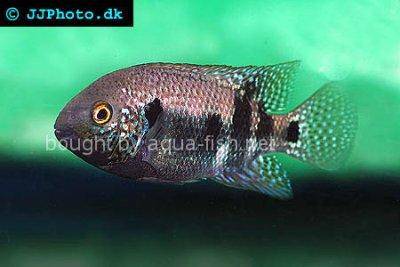

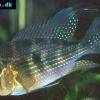 Thread-finned
Thread-finned 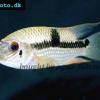 Acara
Acara 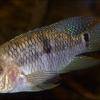 Yellow
Yellow 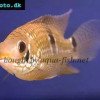 Patrick's
Patrick's 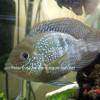 Blue
Blue 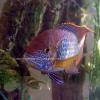 Green
Green 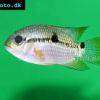 Acara
Acara 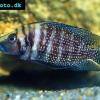 White
White 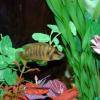 Compressed
Compressed 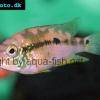 Pastel
Pastel 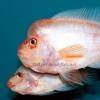 Midas
Midas 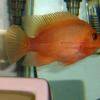 Red
Red 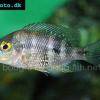 Bluemouth
Bluemouth 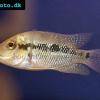 False
False 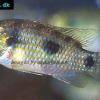 African
African 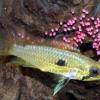 Agassiz's
Agassiz's 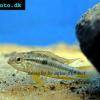 Banded
Banded 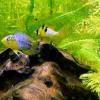 Yellow
Yellow 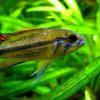 Cockatoo
Cockatoo 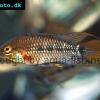 Blue
Blue 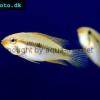 Blackstripe
Blackstripe 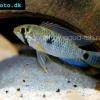 Highfin
Highfin 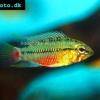 Redstripe
Redstripe 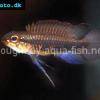 Threadfinned
Threadfinned 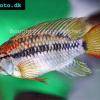 Macmaster’s
Macmaster’s 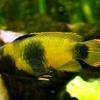 Panda
Panda 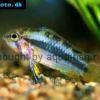 Norbert’s
Norbert’s 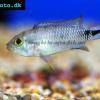 Blue
Blue 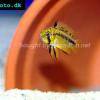 Thin-line
Thin-line 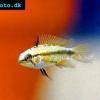 Three-striped
Three-striped 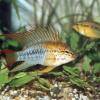 Viejita
Viejita 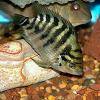 Flier
Flier 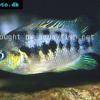 Archocentrus
Archocentrus 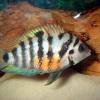 Convict
Convict 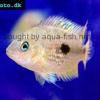 Seven
Seven 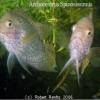 Spiny
Spiny 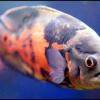 Oscar
Oscar 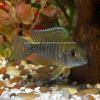 Sunshine
Sunshine 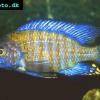 Chitande
Chitande 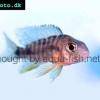 Firebird
Firebird 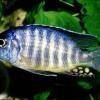 Midnight
Midnight 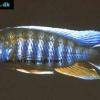 Lake
Lake 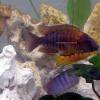 Sunshine
Sunshine 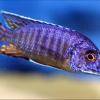 Aulonocara
Aulonocara 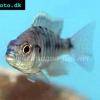 Nyasa
Nyasa 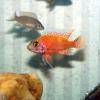 Ruby
Ruby 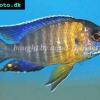 Grants
Grants 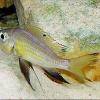 Aulonocranus
Aulonocranus 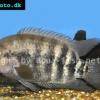 Chameleon
Chameleon 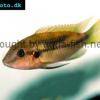 Benitochromis
Benitochromis 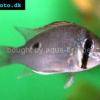 Orinoco
Orinoco 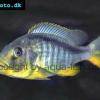 Yellow
Yellow 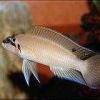 Brichard’s
Brichard’s 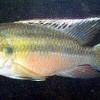 Guenther’s
Guenther’s 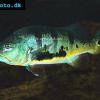 Cichla
Cichla 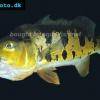 Peacock
Peacock 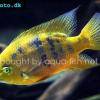 Chiseltooth
Chiseltooth 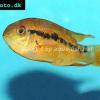 Bolivian
Bolivian 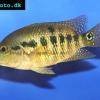 Red
Red 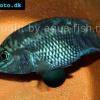 Many-pointed
Many-pointed 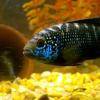 Jack
Jack 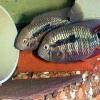 Red
Red 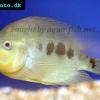 Three
Three 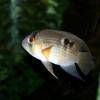 Keyhole
Keyhole 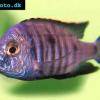 Azureus
Azureus 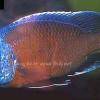 Red
Red 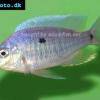 Jackson’s
Jackson’s 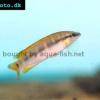 Crenicichla
Crenicichla 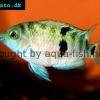 Honduran
Honduran 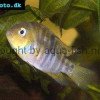 Blue-eye
Blue-eye 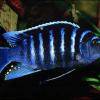 Afra
Afra 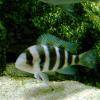 Frontosa
Frontosa 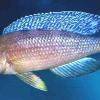 Slender
Slender 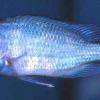 Malawi
Malawi 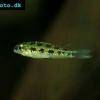 Chequerboard
Chequerboard 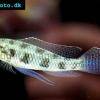 Checkerboard
Checkerboard 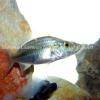 Malawi
Malawi 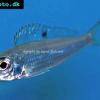 Ectodus
Ectodus 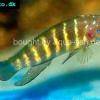 Tanganyika
Tanganyika 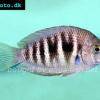 Canara
Canara 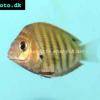 Green
Green 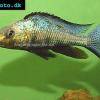 Rostratus
Rostratus 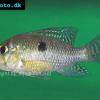 Pearl
Pearl 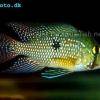 Geophagus
Geophagus 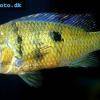 Yellowhump
Yellowhump 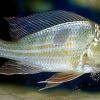 Suriname
Suriname 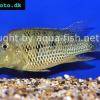 Redhump
Redhump 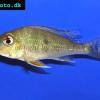 Red
Red 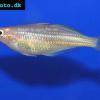 Dority’s
Dority’s 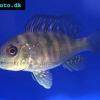 Argentine
Argentine 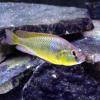 Burton’s
Burton’s 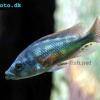 Victoria
Victoria 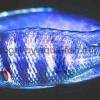 Haplochromis
Haplochromis 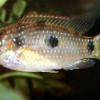 Jewel
Jewel 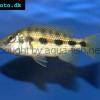 Banded
Banded 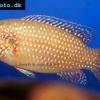 Lifalili
Lifalili 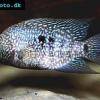 Lowland
Lowland 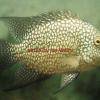 Texas
Texas 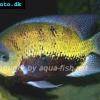 Pantano
Pantano 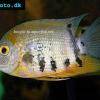 Severum
Severum 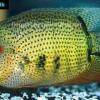 Banded
Banded 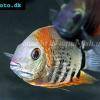 Severum
Severum 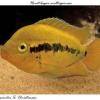 Rainbow
Rainbow 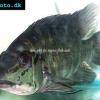 Parrot
Parrot 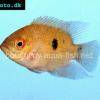 Chocolate
Chocolate 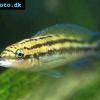 Brown
Brown 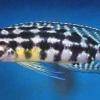 Marlieri
Marlieri 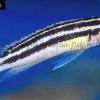 Golden
Golden 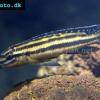 Striped
Striped 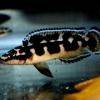 Masked
Masked 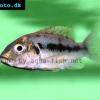 Konye
Konye 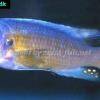 Blue
Blue 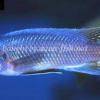 Trewavas
Trewavas 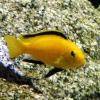 Electric
Electric 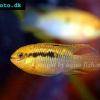 Dwarf
Dwarf 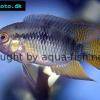 Redbreast
Redbreast 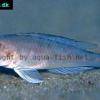 Lamprologus
Lamprologus 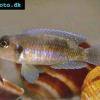 Gold
Gold 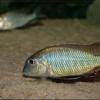 Greenface
Greenface 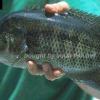 Mayan
Mayan 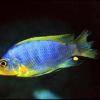 Aurora
Aurora 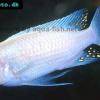 Blue
Blue 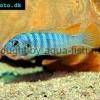 William’s
William’s 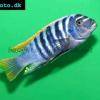 Zebra
Zebra 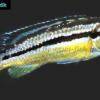 Malawi
Malawi 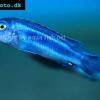 Blue
Blue 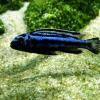 Blue
Blue 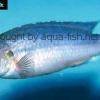 Mbuna
Mbuna 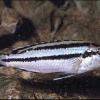 Parallel
Parallel 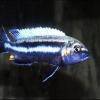 Purple
Purple 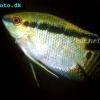 Flag
Flag 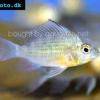 Bolivian
Bolivian 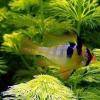 Ram
Ram 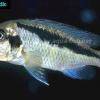 Basket
Basket 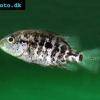 Haitian
Haitian 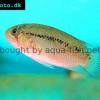 Zebra
Zebra 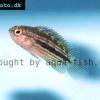 Striped
Striped 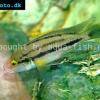 Neolamprologus
Neolamprologus 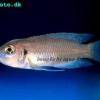 Brevis
Brevis 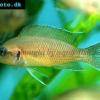 Fairy
Fairy 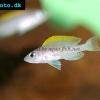 Neolamprologus
Neolamprologus 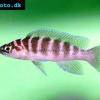 Cylindricus
Cylindricus 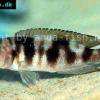 Hecq’s
Hecq’s 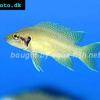 Neolamprologus
Neolamprologus 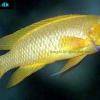 Lemon
Lemon 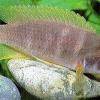 Mustax
Mustax 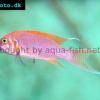 Daffodil
Daffodil 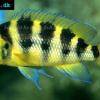 Six-bar
Six-bar 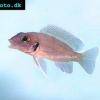 Five-bar
Five-bar 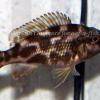 Marbled
Marbled 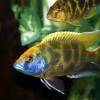 Giraffe
Giraffe 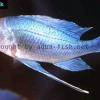 Blue
Blue 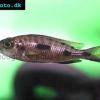 Sulphurhead
Sulphurhead 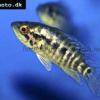 Wolf
Wolf 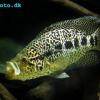 Jaguar
Jaguar 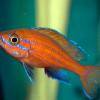 Blue
Blue 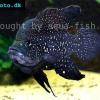 Marakeli
Marakeli 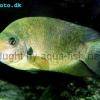 Madagascar
Madagascar 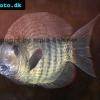 Pinstripe
Pinstripe 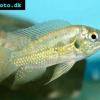 Pelmatochromis
Pelmatochromis 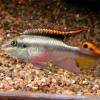 Kribensis
Kribensis 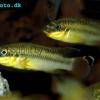 Striped
Striped 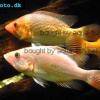 Red
Red 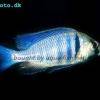 Deepwater
Deepwater 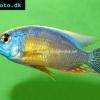 Fenestratus
Fenestratus 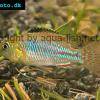 Nichols’
Nichols’ 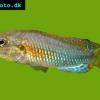 Southern
Southern 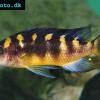 Bumble
Bumble 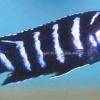 Demason’s
Demason’s 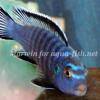 Slender
Slender 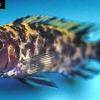 Red
Red 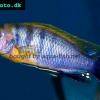 Mbuna
Mbuna 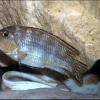 Malawi
Malawi 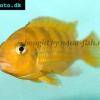 Kenyi
Kenyi 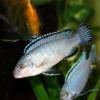 Powder
Powder 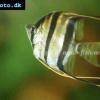 Altum
Altum 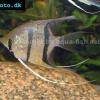 Angelfish
Angelfish 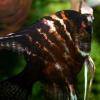 Angelfish
Angelfish 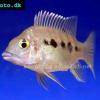 East
East 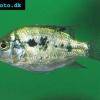 Juba
Juba 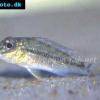 Earth
Earth 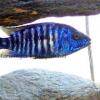 Electric
Electric 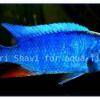 Azure
Azure 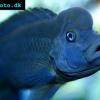 Lionhead
Lionhead 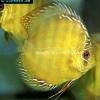 Discus
Discus 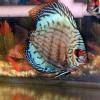 Blue
Blue 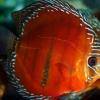 Red
Red 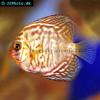 Zebra
Zebra 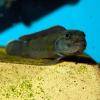 Brichard’s
Brichard’s 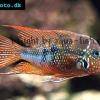 Blue
Blue 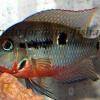 Firemouth
Firemouth 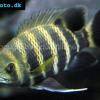 Zebra
Zebra 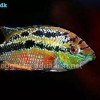 Yellow
Yellow 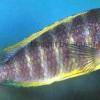 Blue
Blue 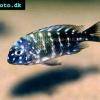 Dwarf
Dwarf  Blunthead
Blunthead 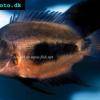 The
The 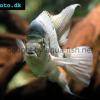 White
White 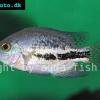 Twoband
Twoband 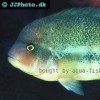 Fenestratus
Fenestratus 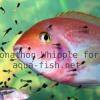 Window
Window 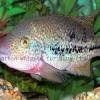 Tailbar
Tailbar 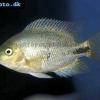 Black
Black 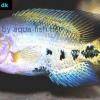 Redhead
Redhead 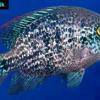 Oaxaca
Oaxaca 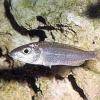 Xenotilapia
Xenotilapia